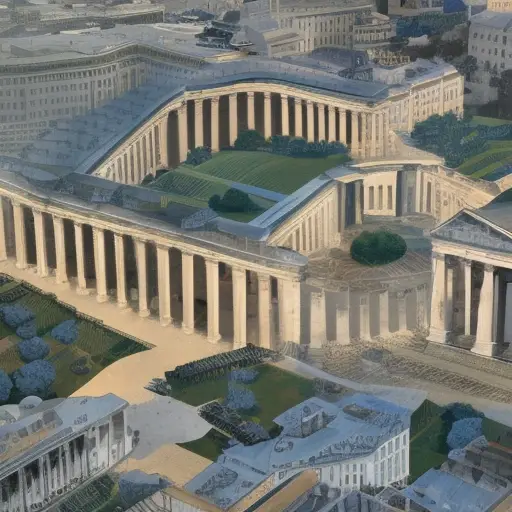Economic order quantity model vs. Production order quantity model:
In inventory management, economic order quantity is the order quantity that minimizes the total holding costs and ordering costs. It’s such an ideal order quantity that a company should purchase for its inventory given a set cost of production, a certain demand rate, and other variables, so as to minimize its inventory holding costs and other related cost. It takes into account inventory holding costs such as storage, ordering costs, and shortage costs. It is best to know the good economics for hard times.
Production order quantity model answers how much to produce in a given situation and when to order a specific quantity. In the conventional production inventory management approach, the production order quantity is determined by referring to costs such as the ordering cost and inventory cost and it includes the quantity of a product that should be manufactured in a single batch so as to minimize the total cost and the inventory holding costs. There are some differences between the basic economic order quantity model and the production order quantity model. Differences between Economic Order Quantity (EOQ) and Production Order Quantity (POQ)
So What is the Differences Between The Basic Economic Order Quantity Model And The Production Order Quantity Model?
1. 1. Assumption:
The first major difference is in the assumptions found in the two models. The EOQ model does not hold into account the assumption of a constant, commonly known as the lead time. The POQ on the other hand may require a constant assumption, commonly known as constant demand.
2. 2. Nature:
The nature of production for the two quantities is another glaring difference. For the EOQ, the assumption is that the company will produce its own quantity at any given time while the POQ quantity model assumes that each and every unit will be produced only when an order has been placed by the company to the suppliers. The E|OQ model therefore plays an important role in minimizing the overall inventory cost for the company.
3. Formulation:
To calculate the EOQ, we multiply twice the annual demand by the set up cost per unit; dividing the product by the holding cost per unit multiplied by the inverse of daily demand divided by daily production and taking the square root of the result while the POQ is calculated by minimizing the total cost per order by setting the first-order derivative to zero.
4. Importance:
The significance of the models exhibit different perspectives for each: TheEOQ is a set point intended to aid companies to curtail the cost of ordering and holding inventory and it is the exact point that minimizes these inversely related costs while the POQ model determines the quantity a company should order to minimize the total inventory cost by balancing the inventory holding cost and the average fixed ordering cost.
2. 5. Management:
The other difference comes in the management of the two models. When it comes to inventory management, the EOQ model is the better preferred of the two models. This is because unlike the POQ, the EOQ calculates the ordering quantity of inventory using inputs carrying cost, ordering cost and annual usage. The POQ on the other hand balances the inventory holding cost and the average ordering cost in order to minimize the total inventory cost.
6. 6. Variance:
Variance is another factor that gives the two models a significant difference. When using the EOQ, the factors are largely independent whereas when using the POQ, the factors are dependent. The EOQ model assumes that items produced are of perfect quality making the cost of production dependent on demand. The POQ on the other hand assumes that demand is a linearly increasing function of time and the production rate is proportional to the demand and said to be a dependent factor.
7. 7. Dates:
The dates in which the two models were discovered also differs which makes this another important differentiator. The POQ was developed and discovered in 1918 by E.W Taft as an extension of the EOQ. This means the EOQ was discovered much earlier.
8. 8. Demand:
The demand levels for the two models also varies. In the EOQ, the rate of demand is constant and does not change which makes it predictable. On the other hand, the POQ model rate of demand is determined by the production level of the chain.
9. 9. Reorder-point:
The two models also have a difference in the reorder levels. In the EOQ model, the assumption is that the reorder level will always be constant and does not depend on anything. The POQ on the other hand assumes that it is possible to produce different quantities at each level.
10.Unit cost:
The EOQ assumes that you will pay the same amount per unit, regardless of the order size. In POQ, the assumption is that you will produce the same amount per unit regardless of the order size.

